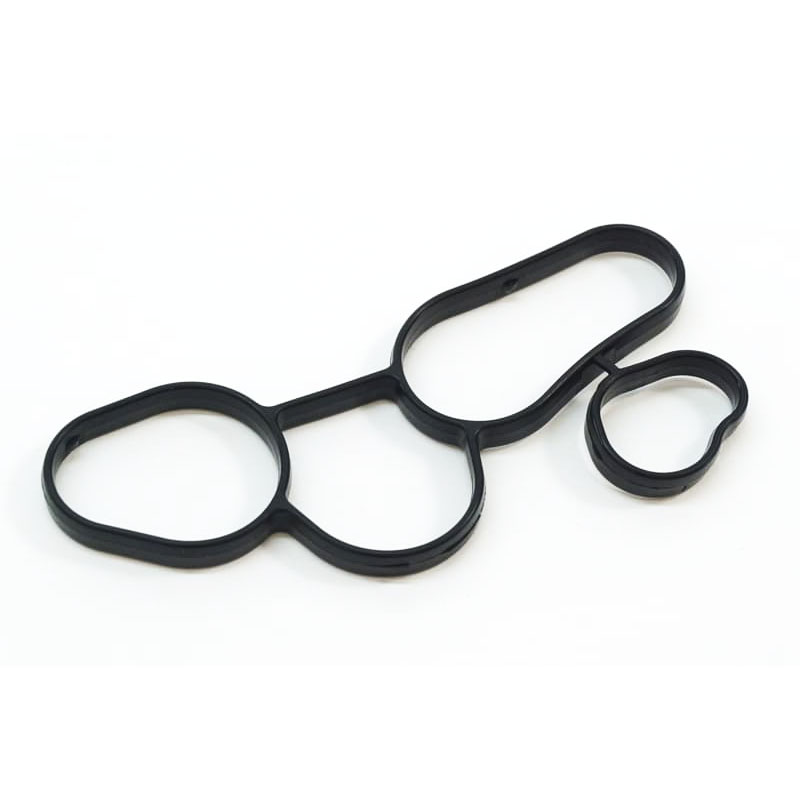Replacement Options for Oil Seals with Dimensions 22mm x 35mm x 7mm for Machinery Maintenance
Understanding Oil Seals The 22x35x7 Dimension
Oil seals, also known as rotary shaft seals or lip seals, are crucial components in machinery and automotive applications. They serve to prevent the leakage of lubricants while also protecting the internal components from external contaminants. In this article, we will delve into the specifics of oil seals, focusing on the one designated with the dimensions of 22x35x7.
What Do the Numbers Mean?
The designation 22x35x7 refers to the dimensions of the oil seal. The first number (22 mm) represents the inner diameter, the second number (35 mm) indicates the outer diameter, and the last number (7 mm) specifies the width of the seal. These measurements are critical because proper sizing ensures that the oil seal fits snugly onto the shaft and within the housing, preventing leaks effectively.
Materials Used in Oil Seals
Oil seals can be made from a variety of materials, each chosen based on the application's specific requirements. Common materials include
1. Nitrile Rubber (NBR) This is the most common material, known for its good resistance to oil, fuel, and other chemicals, making it ideal for automotive applications. 2. Viton (FKM) This synthetic rubber offers excellent heat resistance and is suitable for high-temperature applications.
3. Silicone Often used in applications requiring flexibility and temperature resistance, silicone oil seals can endure extreme conditions.
Application of the 22x35x7 Oil Seal
The 22x35x7 oil seal is commonly found in various mechanical systems, including
oil seal 22 35 7

- Automotive engines To seal the area around crankshafts and camshafts, preventing oil leaks that could lead to engine failure. - Gearboxes Where it helps to retain lubricant while keeping dirt and debris out.
- Hydraulic systems That require oil seals to maintain pressure and prevent hydraulic fluid from seeping out.
Understanding the appropriate applications for different oil seals is essential for maintenance and repair tasks in machinery.
Importance of Proper Installation
An oil seal's ability to function effectively is highly dependent on its installation. An improper or careless installation can lead to leaks, which may result in part failure and the need for costly repairs. Here are some best practices for installing oil seals
1. Cleanliness Always ensure that both the shaft and the housing are clean and free from debris. 2. Lubrication Applying a thin layer of lubricant to the edge of the seal can facilitate easier installation and ensure a better seal.
3. Alignment The seal must be aligned correctly with the shaft to prevent damage and premature failure.
4. Gentle Installation Use a proper tool to press the seal into place, avoiding impacts that could distort the seal.
Conclusion
In summary, the 22x35x7 oil seal is a small yet critical component in various mechanical systems, playing a significant role in maintaining efficiency and preventing leaks. Understanding the dimensions, materials, applications, and best practices for installation can greatly enhance the performance and longevity of machinery. As with any mechanical component, knowledge and care in handling and installation can save time, resources, and frustration in the long run. Whether you are a professional mechanic or a DIY enthusiast, having a solid grasp of oil seals and their importance can prove invaluable in any maintenance task.
-
Simplifying Oil Changes: A Comprehensive Guide to Oil Drain Plugs and Their Variants
News Aug.04,2025
-
Mastering Oil Drain Maintenance: Solutions for Stripped, Worn, and Upgraded Oil Plugs
News Aug.04,2025
-
Fixing Oil Pan Plug Issues: Leaks, Stripped Nuts, and the Right Replacement Solutions
News Aug.04,2025
-
Everything You Need to Know About Oil Drain Plugs: Sizes, Fixes, and Upgrades
News Aug.04,2025
-
Choosing the Right Oil Drain Plug: A Guide to Sizes, Materials, and Drain Innovations
News Aug.04,2025
-
A Complete Guide to Automotive Drain Plugs: Types, Problems, and Innovative Solutions
News Aug.04,2025
-
The Ultimate Guide to Car Repair Kits: Tools and Essentials Every Driver Should Own
News Aug.01,2025
Products categories















